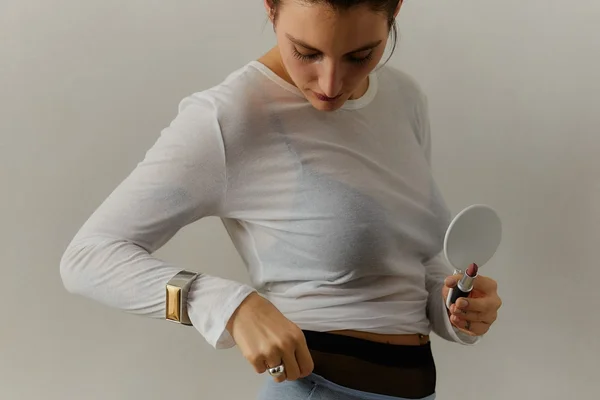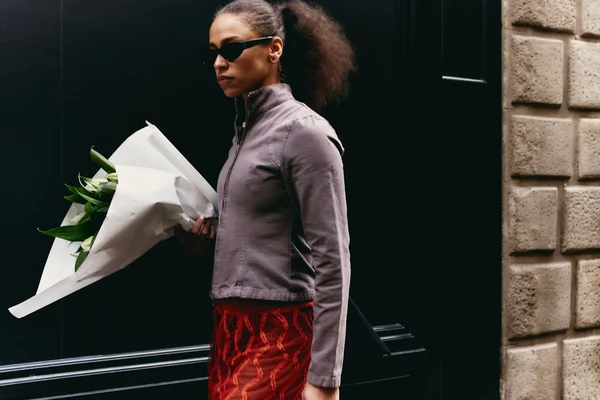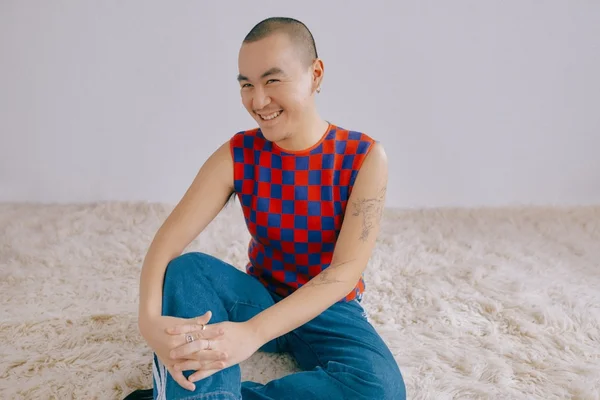How to do a No-Buy Year: Cheat Sheet
By Team Whering published 23/01/2025
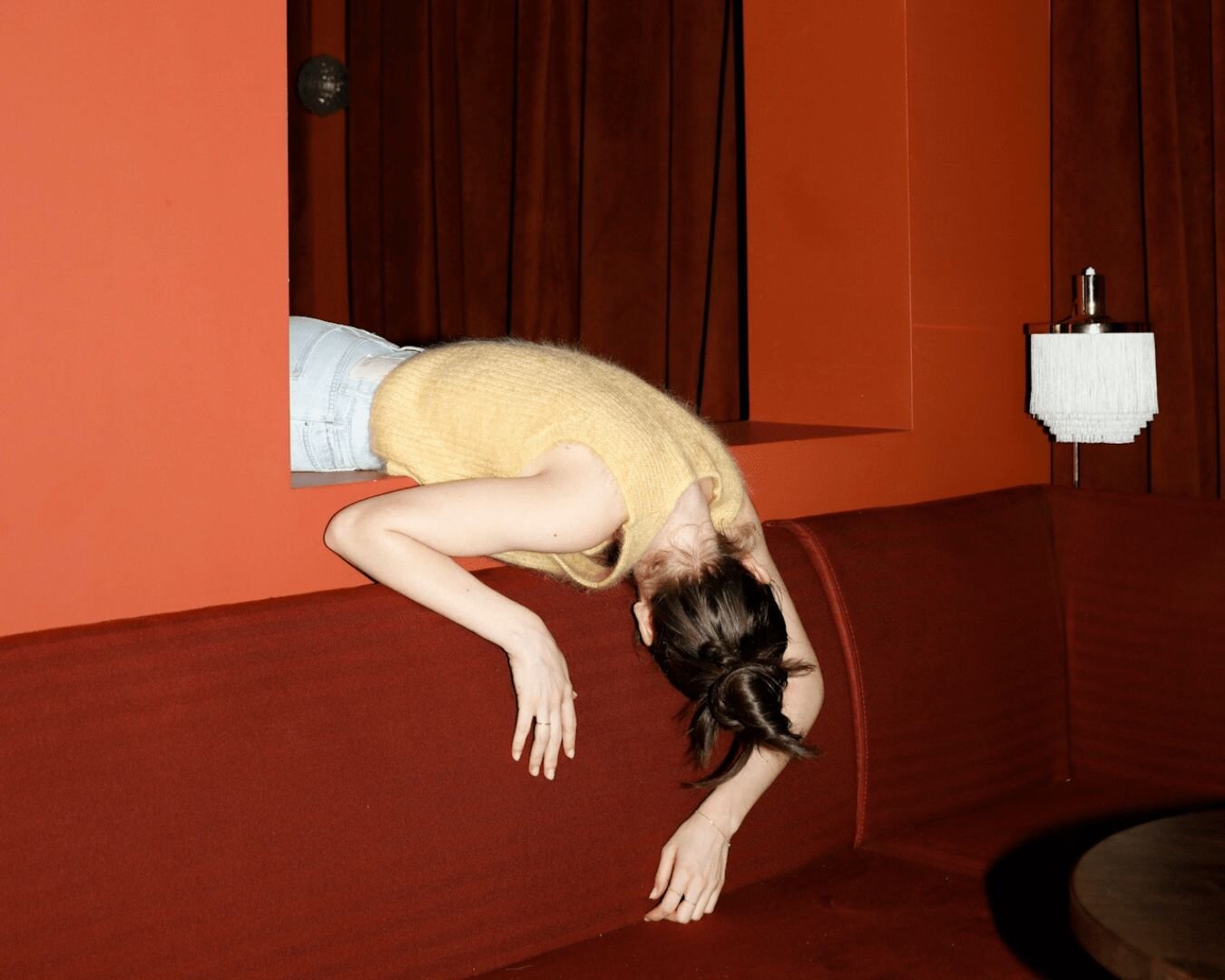
The no-buy year is an online trend I can get behind. From reducing to completely cutting out unnecessary purchases, a no-buy year is a chance to save money and regain control of your spending. Whether it’s saying goodbye to your takeaway addiction or avoiding new clothes in 2025, a no-buy year is challenging. Here’s a “how to do a no-buy year” cheat sheet to make it as easy as possible.
Setting yourself up for a successful no-buy year
Track your spending
Dazed journalist, Hamila Jibril, details the importance of creating a plan you can actually stick to, and inviting other people in your life to hold you accountable in her recent no-buy year guide. To do that, you need to know what’s realistic for you, which means evaluating how much you spent in 2024.
I’m focussing my no-buy year on clothes, as I attempted to buy just six items last year and ended up buying 8. The total cost of my clothing-related spending last year was £113. Now that I know how much I spent on clothes, I can create a realistic budget for any clothing items I might need to purchase in 2025.
My average spending on clothing is very low as I only buy second-hand but depending on your spending habits, you can adapt the rules to suit you. There are lots of creators sharing how they have recovered from shopping addictions. The key is to ensure you’re leaving space to buy items you need, but removing allowance for things you simply want.
Cleanse your social media
Take away temptation and unfollow accounts that encourage you to buy things. Social media, and creators in particular can be very helpful when you feel like you might be lacking inspiration. There’s a clear distinction between creators who post outfits for the sake of sharing a good outfit, and those who post outfits because they’re linked in your bio for you to buy. Learning to make that distinction, and flooding your feeds with people who inspire you can be a healthy activity. If you feel that might still tempt you to make new additions to your closet, it might be best to just cull them altogether. Out of sight, out of mind.
Start finding inspiration in other things around you. Whether that’s people you see on the street (seeing a cute outfit, and not being able to instantly ask where something is from in a comment section is a healthy alternative), nature, books, colours, or yourself. Whenever I’m at a loss about what to wear, I scroll back on my Whering app to see what I was wearing at the same time last year. I take that outfit, and see what I can add or take away from it to make it feel more apt to the person I am a year later, while also making it feel slightly new to me.
Limit your time online
The more time I spend on social media, the more I’m introduced to new things I could want. I hate my dependence on opening Instagram reels the second an advert comes on TV or I’m waiting for a friend. The less time I waste online, the more present I am in the moment which reduces the amount of time I spend looking at someone else's life and thinking how it could apply to mine.
Change your mindset
“Fashion is double-edged. On the bright side, it enables you to ‘be yourself’ (whatever that means). But on the downside, it makes you doubt that self- is that really the best self you can come up with?” - Anouchka Grose
Recently, I’ve been reading about how fashion trends keep us in limbo between feeling really good and really bad about ourselves, determining our self-worth. Once I started exploring the mechanics of trends, I was able to be more outwardly critical of how brands try to sell me things I don’t need.
My favourite book on this subject is Fashion: A Manifesto by Anouchka Grose, I highly recommend it. I’ve also enjoyed reading Radical Fashion Exercises, The World is on Fire But We’re Still Buying Shoes by Alex Leach and Consumed by Aja Barber to learn more about how we’re encouraged to want more and more things we don’t actually need.
Shifting your perspective from expecting a dopamine hit from spending to getting joy from saving will make it a whole lot easier. Mia Westrap shares the moment she discovered she saved over £7,000 in her no-buy year.
Things to do instead of shopping
Whenever I get into using Vinted, I find myself resorting to opening it almost as regularly as I would a social media app. Browsing and shopping has become a default activity and pass time of its own, even when we’re not consciously aware of it. Let’s find more fulfilling ways to spend our time that aren’t shopping, or thinking about things we could buy.
Join a class or learn a new skill
In 2025, I decided I wanted to find some hobbies. I’ve signed up for a pottery class that’s every week on a Sunday. It’s not like if I wasn’t doing this I would be shopping at the same time, but the money I am investing into the class is less money I have to spend on clothes and other non-essential items, and I invest the time in learning a new skill. New skills can also help us develop a sense of self outside of our personal image which is crucial to batting off impulses to buy new.
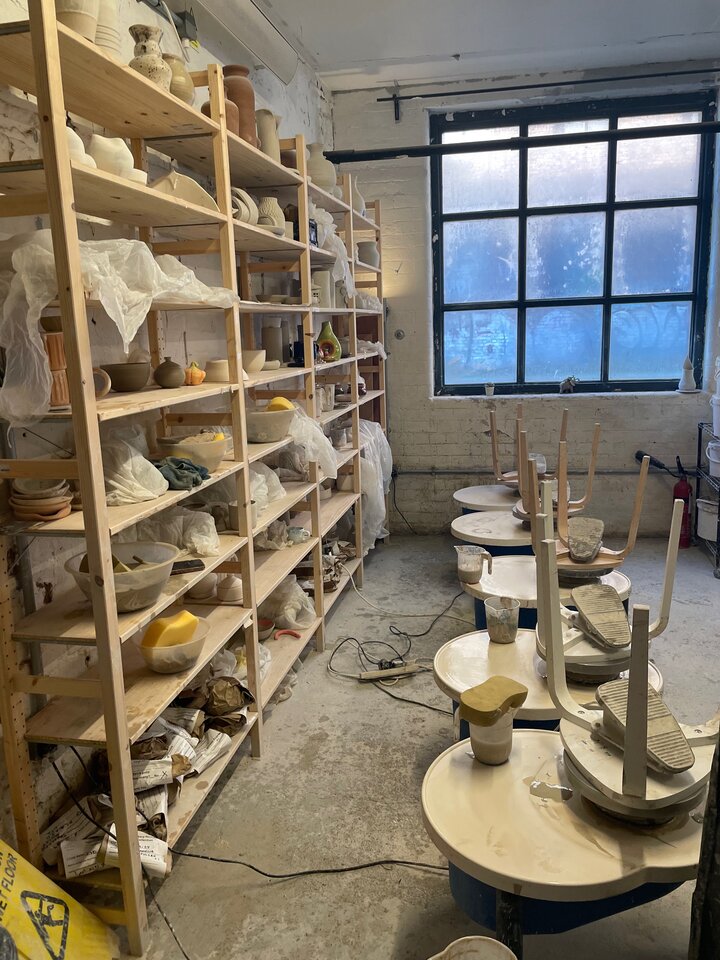
Digitise your wardrobe
I am so glad I took the time to upload all my items to Whering. I love being able to see everything I own and remember just how many clothes I have. When it’s all crammed into a wardrobe and drawers, it’s easy to forget the sheer amount of clothing you have. We all have so much more than we need!
Use the time you would have spent shopping at the weekend to digitise your wardrobe and we promise you will have no regrets. Once it’s done, you can create endless outfits, see stats on what you’re wearing most frequently, get styled by friends and discover more outfits from your existing wardrobe.
Find your personal style
Everyone is talking about personal style at the moment, and for good reason. Finding and learning your personal style is a lifelong journey. Personal style is just a culmination of your tastes, experiences, and all sorts of intricacies about you. It's lived in. Knowing what you like is the easiest way to resist the need to consume more of what you don’t actually want or need. We’ve got a guide on how to use Whering to find your personal style if you’re not sure where to start.
Swap clothes with friends
If you can’t buy anything, borrowing something from a friend is the perfect way to feel like you’re wearing something new, without spending any money.
If your friends have Whering, you can browse their wardrobes’ on the app to find items you want to borrow, wherever you are! It’s just like online shopping but without having to spend money.
Find more outfits from your current wardrobe
When you realise how much you can get from your current wardrobe, the need to buy more shrinks into the background. Use our Clueless-inspired wardrobe shuffle, Dress Me, to find new outfits from your old clothes. To refine the outfit ideas, filter Dress Me to a Lookbook to see items corresponding to a vibe or season. More on how to shuffle your wardrobe like a pro, here.
Reflections
Share a little less
We recently published an article called “We Were Never Supposed to Be Aware of This Many People” echoing the idea that perhaps we’re all a little too online - a little too aware of what everyone is up to, going through, eating, wearing. The article was very much inspired by a wonderful piece on Medium, titled “The Art of Not Sharing,” which came with this great quote, which I think about often:
“When we’re always performing for an audience, always curating our experiences for public consumption, we’re losing touch with ourselves.”
– JA Westenberg, The Art of Not Sharing
By switching from an always-online viewpoint, to one that’s a little more personal, and a little more secretive, we give ourselves room to feel, reflect and experience things more authentically, because they’re just for us. This applies to fashion and shopping too. When we’re not dressing through the lens of social media, we’re more likely to land on a more authentic version of ourselves.
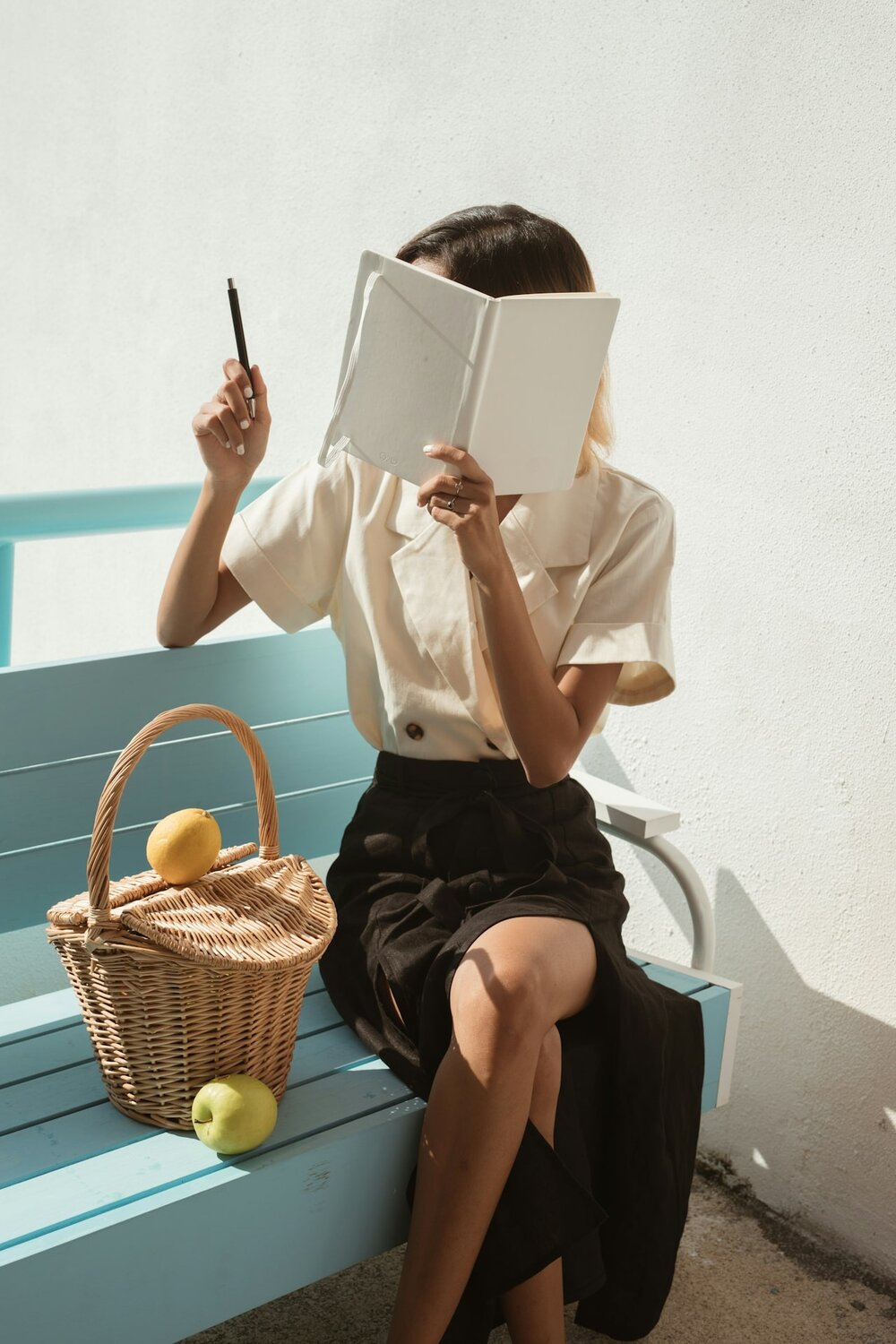
Journal
This goes hand in hand with our previous point: journal, journal, journal! Keep things to yourself! Reflect, rethink, overthink, analyse, retrospect. Journaling is wonderful for all sorts of parts of life, but it can help you stay on track here too. Here are some journal prompts I’ll be working through during my no-buy:
- Think back to an outfit you felt really good in. Describe the outfit. What about it made you feel good? What’s keeping you from wearing it again? Dig into those feelings.
- Think back to the last thing you bought. Why did you buy it? Was it for an event? Was it because you needed a pick me up? Did you see someone share it on social media? Explore the driving forces of your consumption.
- For when you feel like buying something: describe the item you’d like to purchase. Why do you want to buy it? Why does it feel urgent and necessary? Explore those thoughts and feelings thoroughly.
If you do end up journaling about this, I would love to hear the prompts you come up with too!
Save, save, save
Start moodboarding/creating vision boards– you can use those as journal prompts as well. Think about what’s drawing you to these different things? Use them as a way to reflect at the end of your no-buy year and see how your taste/opinion on these things has changed over time. Having documentation of your evolving taste, and being able to reflect on how and why that’s changed is incredibly valuable when thinking about your purchasing habits retrospectively.
Similarly, when you do see something you might want to purchase, add it to your Wishlist, even though you’re not planning on buying that thing right now. At the end of this challenge, you’ll be able to look back and see how you feel about all of these items now. I can almost certainly guarantee you won’t feel like you want to or need to buy them anymore, now that enough time has passed. Or maybe you will. In which case they become a well thought-out purchase.
That completes our how-to-do a no-buy year cheat sheet! Keep us posted on your journey by tagging us @Whering__ in any social posts detailing your no-buy experience.
Something on your mind?
Share your thoughts with Whering community.
If you have an idea for an article around fashion, culture, environment, news, wellness, shopping or DIY, submit a pitch to us!
